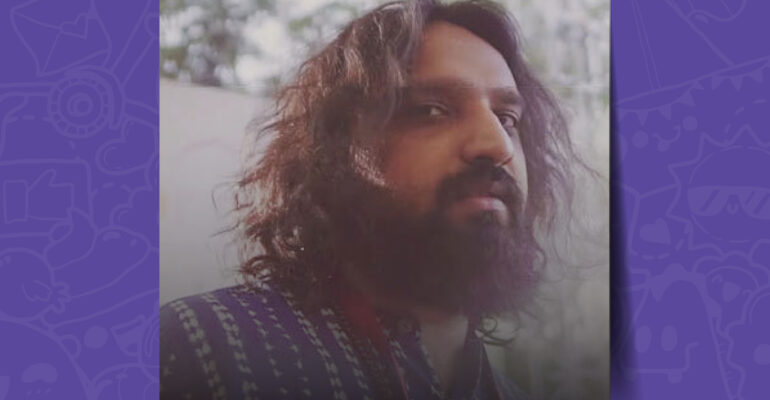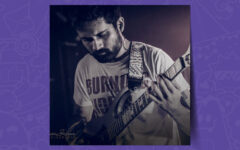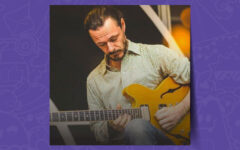What’s with the Sound? An interview with Dr Rajesh Khade
2024-07-23 9:41What’s with the Sound? An interview with Dr Rajesh Khade
WHAT’S WITH THE SOUND? AN INTERVIEW WITH DR RAJESH KHADE
Dr Rajesh Khade is an awarded systems engineer from India and a SMAART certified trainer who is regularly associated with some of the biggest acts in India and overseas tours as well. And if that is not enough, he is an actual medical Doctor (Hence the Dr tag). In this interview, we talked about the current scenario for sound engineers, education and the different domains one can approach in Sound Engineering, especially Live Sound applications.
Q: How has your journey been and how planned was it?
A: It was never something I thought I would be doing. It was very organic, and I just followed what I felt like doing. I used to work 4 days in a hospital up until last year when I finally made a complete switch. Even during Covid, I only came home twice in a span of 1.5 years when my family members were admitted.
Q: With the Live event scene going big in India especially after Covid, do you think there is a shortage for sound engineers in the industry right now?
A: There’s always a need. The market is at a level where we are doing massively big productions. So, we need people who are educated as well as skilled. With wireless systems getting more complicated, venues demanding bigger systems and also the artist and the engineers getting more aware of what goes on in the sound department, we have a massive shortage of talented engineers.
Q: Do you think there is a balance between educated engineers and “learned on the job” engineers in the industry right now?
A: There is definitely no balance between these two. The industry is dominated by people who have learned on the job and there is no good or bad thing about it. You need experience, and you have to go wrong twice to understand how to avoid that the next time.
Q: Would you prefer working with someone who is educated, or someone who has worked in the field throughout his/her career?
A: I would prefer someone who has been educated first and then worked in the field for maybe a year or two afterwards. In my experience, engineers who are educated with no experience tend to panic when it comes to troubleshooting. On the other hand, people who have learned on the job have learned by watching someone else. They don’t necessarily have the solution for every problem because they are hardwired to do the same system setup for all scenarios.
Q: Do you think there is a gap in the education system for sound engineers? And how can the institutes bridge that gap?
A: No matter how much you learn in an institute, you have to be on the field and perform all that you have learned. There are institutes who let their students go out and mix, that gets them the experience. But there is always someone who backs you up in that situation. Once you start with your internship, you take more responsibility of what you are doing and that is when you start learning.
Q: What are the 2 most important things an engineer should understand before going out into the field?
A: I think the first thing to understand is that you are not the biggest person out there today. It’s the crowd and the event. If something is not right, you cannot give up. The show must go on. The attitude of finding a solution no matter what goes a long way.
Secondly, treat everyone with respect. Skill set and education is everywhere else. The less aware the engineer is, the more he/she shouts at the staff. The thing is how you find a solution.
Q: What job roles under sound engineering are currently on the rise in the industry, apart from FOH mixer?
A: Most of the independent bands are now actually getting their own stage tech. It might now seem glorious to a lot of people, but it’s one of the most important jobs out there. Given an option, I would always get my stage tech.
Second is an RF Engineer. Wireless systems are getting more difficult day by day. From 2 cordless mics, we’ve now come to 8 cordless mics and 16 IEMs (in-ear monitors). Even for the performance, if the artist is getting drops (Sound to the artist earphone gets cut), it hampers the way they perform.
Apart from these, a systems engineer who sets up and designs the sound system for a venue or an event is definitely coming up as well.
Related Posts
Where Do All the Songs Come From?
Search
Popular Tags
Popular tags







